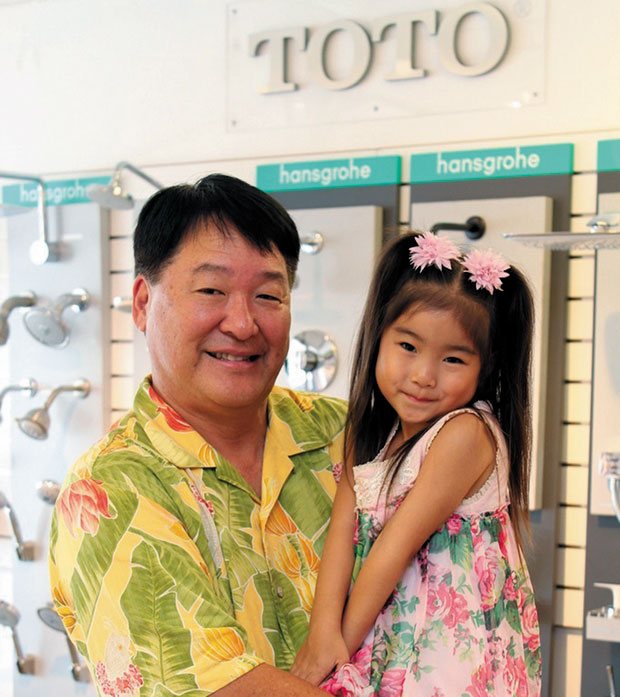Many homeowners today undervalue the importance of good lighting. Lighting can create ambience and mood, be functional for particular tasks, and accent areas of interest. Proper lighting can draw guests in, evoke feelings of warmth and convey a general sense of well-being. Conversely, improper lighting can cast shadows, cause faces to look sallow and convey an institutional or cold feeling. LED lighting can be more efficient, durable and versatile. LEDs lower energy bills, last longer — therefore requiring fewer bulbs to change over time — and reduce your carbon footprint for your entire home.
How LEDs work
LED stands for light emitting diode. The LED light bulb is a small digital light source that is illuminated when electrons move through a semiconductor. A digital chip inside the bulb converts tiny amounts of energy into warm and inviting light, while the bulb itself remains safely cool to the touch, uses very little energy and lasts for years. This means LED bulbs will more than pay for themselves over time.
LEDs are “directional” light sources, which means they emit light in a specific direction, unlike incandescent and compact fluorescent bulbs that emit light and heat in all directions. Because LED lighting systems don’t radiate heat the way an incandescent or halogen light bulb does, the heat produced from the power going into the product must be drawn away from the LEDs. This is usually done with a heat sink, which is a passive device that absorbs the heat produced and dissipates it into the surrounding environment. This keeps LEDs from overheating and burning out. Unlike compact fluorescent bulbs, LED bulbs reach full brightness instantly and are dimmable to the softest levels with absolutely no flickering or annoying buzz. Plus, they fit all of the lamps you already have in your home, so you can switch over to LED bulbs right away.

Bruce Okimoto is president and owner of T. Oki Trading doing business as Hawaii Home Expo and MarbleHause Hawaii
Shopping for LEDs
Lumens measure the amount of light emitted from the bulb. A traditional 60-watt incandescent produces about 800 lumens, while a 100-watt generates approximately 1,600 lumens of brightness, so those are the numbers you’ll want to look for when shopping for LEDs.
Color
A light bulb’s CRI (color rendering index) gives you an idea of how accurate a light source renders color. Natural sunlight has a CRI of 100, while a CRI around 80 is best for indoor lighting in a wide variety of applications. Another measurement of color is correlated color temperature (CCT) and is measured in degrees Kelvin (K). 2,700K is a warm color temperature and matches what you are used to with an incandescent bulb. Look for color temperatures in the 4,000K to 5,000K range in rooms where you want the clearest, whitest light, while a CCT of 2,700K will produce a softer, more yellow glow.
Hawaii Home Expo can help you with your LED questions. Visit the friendly staff, including owner and president Bruce Okimoto, at 2933 Koapaka St. The company’s hours are Monday through Friday, from 8 a.m. to 4 p.m., and Saturdays from 9 a.m. to 4 p.m. Feel free to talk with a friendly associate at 695-EXPO (3976).
HAWAII HOME EXPO
contact // 695-EXPO (3976)
address // 2933 Koapaka St.
web // www.hawaiihomeexpo.com
See more articles from: Hawaii Home Expo